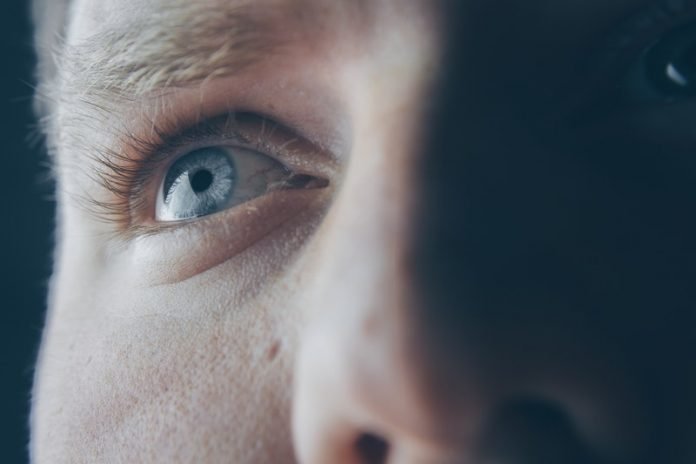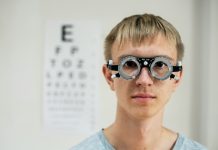
In a new study, researchers found that artificial intelligence (AI) can accurately detect serious eye disease among those with diabetes (retinopathy) and could halve the human workload associated with screening for diabetic eye disease.
This is the largest study of AI use in the English Diabetic Eye Screening Programme (DESP).
These findings could also pave the way for the technology to be used to reduce the backlog in eye screening appointments following the COVID-19 lockdown.
The research was conducted by a team from St George’s, University of London, Moorfields Eye Hospital, UCL, and elsewhere.
The team used the images from 30,000 patient scans (120,000 images) in the DESP to look for signs of damage using the EyeArt artificial intelligence eye screening technology (Eyenuk, Inc., Los Angeles, U.S.).
They found that the technology has 95.7% accuracy for detecting damage that would require referral to specialist services and 100% accuracy for moderate to severe retinopathy or serious disease that could lead to vision loss.
The DESP is set up to screen diabetic patients once a year for signs of damage that could potentially lead to sight loss.
The researchers found that the use of the EyeArt machine learning technology could potentially save £0.5 million per 100,000 screening episodes.
With more than 2.2 million screening episodes per year, the savings could extend to more than £10 million every year in England alone.
The team hopes the research will enable systematic changes in the UK national screening program.
As well as having potential implications for the screening program in the UK, these findings could be promising in other countries without a workforce set up to detect the disease.
Global cases of diabetes are expected to rise to 629 million by 2045, and the technology could be used to monitor the diabetic population in many countries, referring people to specialist services if they are found to be at risk of sight loss.
One author of the study is Professor Alicja Rudnicka from St George’s, University of London.
The study is published in the British Journal of Ophthalmology.
Copyright © 2020 Knowridge Science Report. All rights reserved.



